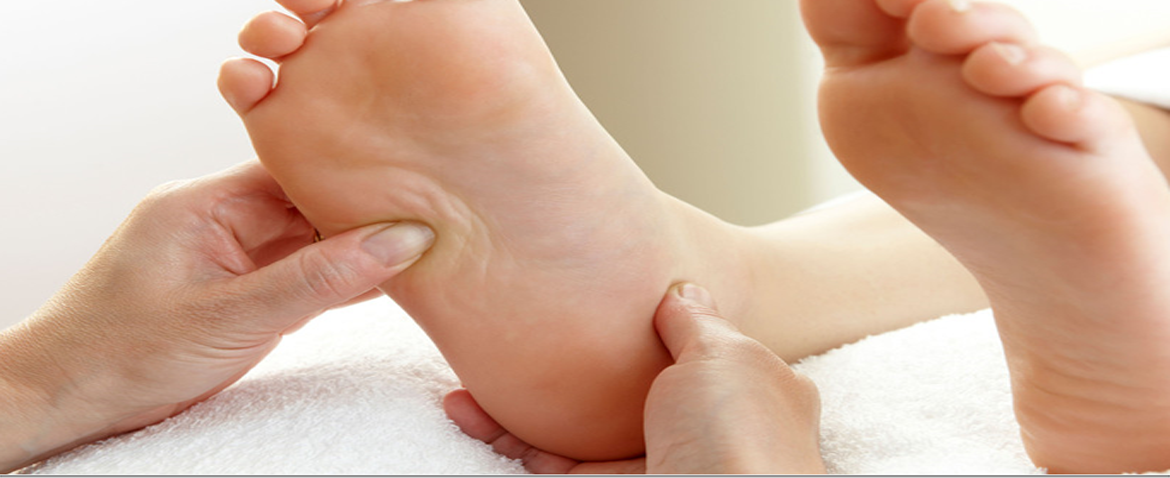Reflexology is a non-intrusive complementary health therapy, based on the theory that different points on the feet or hands correspond with different areas of the body.
Reflexology is a therapy which can be received by anyone at any age, from newborn babies to those receiving end of life care, and everyone in between (however, there may occasionally be times when it is not suitable to provide a treatment).
The theory is that reflexology helps the body to restore its balance naturally. Usually, after a treatment tension may be reduced and you might feel relaxed. You may also notice yourself sleeping better and find your mood and sense of wellbeing improving. You may also find that other aspects improve too; however, this happens on an individual basis.
The Treatment
A full medical history will be taken on your first treatment, and you will be asked to sign a consent form for treatment. This information will be kept confidential.
The therapist will apply a masage cream to the feet or hands and then use their hands to apply pressure to the feet or hands, depending on the type of reflexology chosen. Areas of mild transient discomfort can sometimes be experienced during the treatment, but generally the experience will be relaxing. The treatment is then completed with a soothing massage of the feet or hands (depending on type of reflexology chosen).
After the treatment
It is useful to give feedback to the reflexologist as this may show the response of your body to treatment and will in turn help the reflexologist tailor a treatment plan specific to your needs. After treatment your body may respond in a very noticeable way. Most people note a sense of well-being and relaxation; however, sometimes people report feeling lethargic, nauseous or tearful, but this is transitory and reflexologists believe that it is part of the healing process.
History of reflexology
The art of reflexology dates back to Ancient Egypt, India and China. The therapy was much later introduced to the West by Dr William Fitzgerald who developed ‘Zone therapy’. He believed that reflex areas on the feet and hands were linked to other areas and organs of the body within the same zone.
In the 1930’s, Eunice Ingham further developed this zone theory into what is known as reflexology. Her opinion was that congestion or tension in any part of the foot is mirrored in the corresponding part of the body.
Contact us
Call on 07813 489076
Email: deborah@healtotoe.co.uk
Clinic Address: 42, Kings’s Avenue, Sunbury on Thames, TW16 7QE
